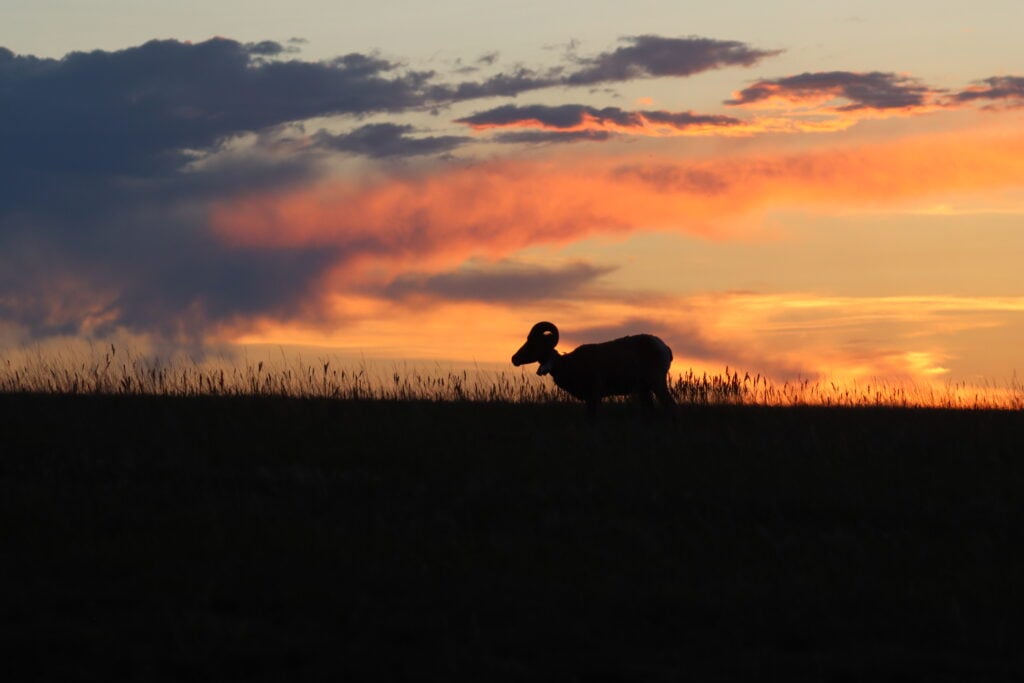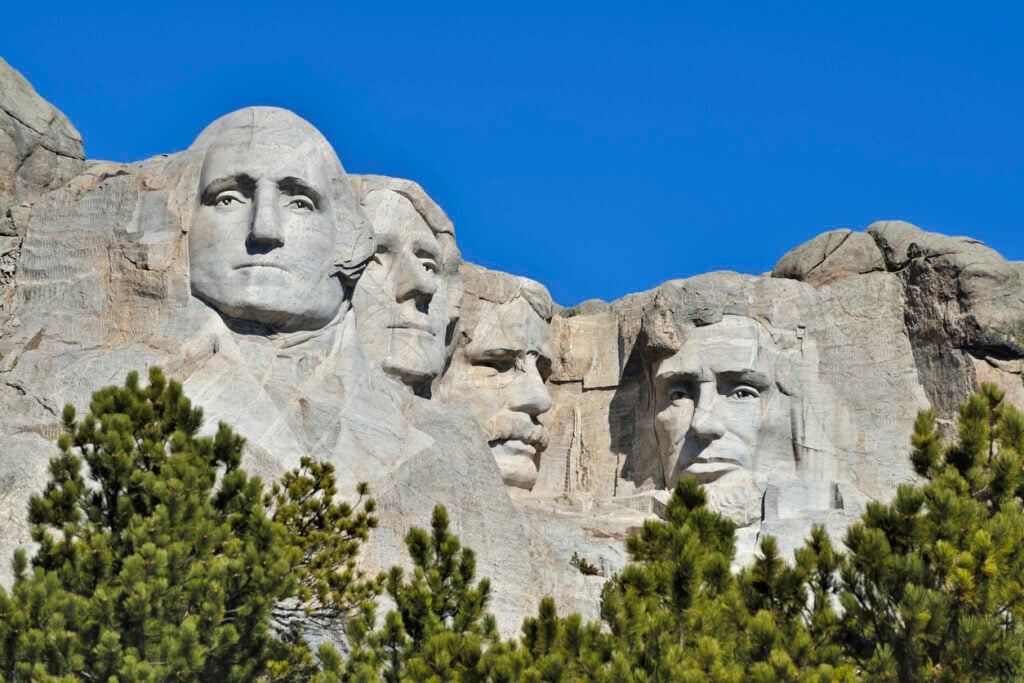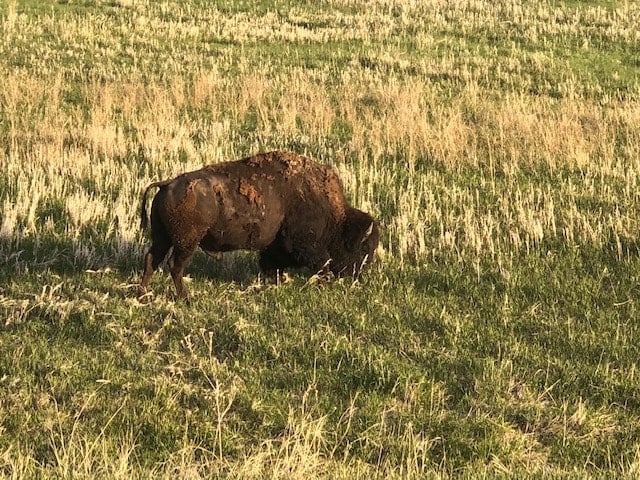Welcome to the majestic world of Mt Rushmore, where history, art, and nature converge into a breathtaking spectacle. Carved into the granite face of the Black Hills, this colossal monument immortalizes four of America’s most iconic presidents: George Washington, Thomas Jefferson, Theodore Roosevelt, and Abraham Lincoln. But there’s so much more to Mt Rushmore than meets the eye.
Our journey begins with exploring the best Mount Rushmore topics you need to know. From the intriguing history behind its creation to the hidden secrets etched into its stone, we’ll delve into the stories that make this landmark genuinely legendary. Whether you’re planning a visit or simply an enthusiast of American history, these topics will enrich your understanding and appreciation of this monumental site.
Don’t just visit – immerse yourself in the extraordinary! Please send a message to My XO Adventures to explore your options!
Stay tuned as we uncover the fascinating layers of Mt Rushmore, offering you insider knowledge and tips that will make your experience unforgettable. Are you ready to become a legend in your own right?
History and Construction of Mt Rushmore
The history and construction of Mount Rushmore is a tale of ambition, artistry, and perseverance. Conceived by historian Doane Robinson in the early 1920s, the idea was to promote tourism in South Dakota by creating a monument of national significance. The project gained momentum when sculptor Gutzon Borglum was commissioned to bring the vision to life.
Borglum, known for his work on the Stone Mountain project in Georgia, envisioned a grander scale for Mount Rushmore. His design included the faces of four presidents who played pivotal roles in American history: George Washington, Thomas Jefferson, Theodore Roosevelt, and Abraham Lincoln. Each president was chosen for their contributions to the birth, growth, development, and preservation of the United States.
Construction began on October 4, 1927, and continued for 14 years. The process was arduous, requiring the removal of over 450,000 tons of rock. Using dynamite for the initial rough cuts and jackhammers, drills, and chisels for the finer details, a team of over 400 workers transformed the mountain into an enduring symbol of American resilience.
The monument was completed in 1941, just months before Borglum’s death. Today, Mt Rushmore stands as a testament to human ingenuity and artistic vision. The scale of the project is awe-inspiring, with each face measuring approximately 60 feet in height. The detailed carvings capture the likeness and essence of the presidents, making it a masterpiece of monumental sculpture.
Understanding the history and construction of Mt Rushmore adds depth to your visit, allowing you to appreciate not just the final product but the incredible effort and dedication that went into creating this national treasure.
Fascinating Facts About Mt Rushmore

Mt Rushmore is not just an iconic American landmark; it is also a repository of fascinating facts that intrigue both history buffs and casual visitors alike. Here are some remarkable tidbits you might not know about this monumental sculpture:
-
- The Hall of Records: Behind Abraham Lincoln’s head lies a hidden chamber known as the Hall of Records. Initially intended to house America’s most significant documents, the chamber was never completed. However, a repository containing critical historical texts and records was eventually placed there in 1998.
-
- Presidential Choices: The four presidents depicted on Mt Rushmore were chosen to represent the nation’s birth, growth, development, and preservation. George Washington signified the birth of the nation, Thomas Jefferson symbolized expansion, Theodore Roosevelt represented development, and Abraham Lincoln stood for conservation.
-
- Funding Challenges: The project faced numerous financial hurdles. Originally estimated to cost $500,000, the final expense was nearly $1 million. Funding was provided by federal and private sources, demonstrating widespread support for the project.
-
- Environmental Impact: Surprisingly, the construction of Mt Rushmore had minimal ecological impact. The granite used for the sculpture was sourced directly from the mountain, and no significant damage was done to the surrounding Black Hills.
-
- Maintenance Efforts: Despite its rocky exterior, Mount Rushmore requires ongoing maintenance. The National Park Service conducts regular inspections to ensure the monument remains in pristine condition. Workers use silicone sealant to fill cracks and prevent water damage.
-
- Artist’s Legacy: Gutzon Borglum’s son, Lincoln Borglum, continued his father’s work after his death. Lincoln played a crucial role in completing the project and ensuring its legacy.
These fascinating facts provide a deeper understanding of Mt Rushmore’s rich history and the extraordinary efforts behind its creation. Next time you visit, you’ll have an even greater appreciation for this American masterpiece.
Hidden Secrets of Mt Rushmore

While Mount Rushmore is renowned for its colossal presidential faces, it holds several hidden secrets that many visitors are unaware of. These intriguing elements add layers of mystery and fascination to the monument:
-
- The Hall of Records: Concealed behind Abraham Lincoln’s head, this hidden chamber was initially planned by sculptor Gutzon Borglum to store some of America’s most vital documents, including the Constitution and the Declaration of Independence. Although the chamber was never finished during Borglum’s lifetime, a historical record repository was installed in 1998.
-
- Mysterious Inscriptions: Borglum had ambitious plans to inscribe a brief history of the United States alongside the presidential faces on the mountain. Though this idea was never realized, you can still spot some initial carvings and markings that were part of this grand vision.
-
- Unseen Details: The faces of the presidents are meticulously detailed, but some features are not easily visible from the viewing platforms. For instance, Thomas Jefferson’s detailed collar and Abraham Lincoln’s lifelike mole add a touch of realism that is often missed.
-
- Time Capsules: Hidden within the monument are several time capsules containing documents and artifacts from the time of its construction. These capsules serve as a historical record for future generations to discover.
-
- Construction Techniques: The methods used to carve Mt Rushmore were revolutionary. Borglum employed dynamite for approximately 90% of the carving, a technique that was both efficient and precise for creating such detailed features.
-
- Secret Inscriptions: Rumors persist of secret inscriptions and symbols hidden within the sculpture, allegedly placed there by the workers. While many of these are unconfirmed, they add an element of mystery to the monument.
These hidden secrets make Mt Rushmore more than just a historical landmark; they transform it into a treasure trove of mysteries waiting to be uncovered. Remember these secrets during your next visit; you might spot something others have missed.
Visitor Tips for Mt Rushmore
Planning a trip to Mount Rushmore? Here are some essential visitor tips to ensure you make the most of your experience:
-
- Best Time to Visit: The monument is open year-round, but the best time to visit is early morning or late afternoon. This helps you avoid the crowds and provides the best lighting for photographs.
-
- Weather Preparedness: The weather in the Black Hills can be unpredictable. Dress in layers to adapt to changing conditions, and don’t forget to apply sunscreen and wear a hat to protect yourself from the sun.
-
- Parking and Fees: Although entry to the monument is free, a parking fee applies. Please bring cash or a credit card to pay for parking. Arrive early to secure a good spot, especially during peak season.
-
- Guided Tours: Consider joining a guided tour to gain a deeper insight into the history and significance of Mt. Rushmore. Rangers and local guides offer tours that provide fascinating stories and facts you might miss.
-
- Visitor Center: The Lincoln Borglum Visitor Center is a must-visit. Here, you can explore exhibits, watch a short film about the monument’s construction, and get information on ranger-led programs.
-
- Evening Lighting Ceremony: From late May through September, don’t miss the Evening Lighting Ceremony. This patriotic event includes a ranger talk, a film, and the illumination of the monument, creating a breathtaking sight.
-
- Hiking Trails: Take advantage of the hiking trails around the monument. The Presidential Trail offers a closer view of the carvings and takes you through the surrounding forest, offering a different perspective of the monument.
-
- Photography Tips: For the best shots, bring a good camera and a tripod. Early morning and late afternoon provide the best natural lighting. Don’t forget to explore different angles and viewpoints for unique photos.
Keeping these visitor tips in mind will give you a more enjoyable and enriching experience at Mount Rushmore. Whether it’s your first visit or a return trip, these tips can help you discover something new each time.
Nearby Attractions to Mt Rushmore

While Mount Rushmore is undoubtedly the star attraction, the surrounding area teems with other must-see sites that make the Black Hills a diverse and exciting destination. Here are some *nearby attractions* you shouldn’t miss:
-
- Custer State Park: Just a short drive from Mt Rushmore, this sprawling park is home to a vast array of wildlife, including a famous herd of bison. Enjoy scenic drives, hiking trails, and picturesque lakes.
-
- Crazy Horse Memorial: Located 17 miles from Mount Rushmore, this colossal mountain carving honors the legendary Lakota leader, Crazy Horse. The site includes an informative visitor center and a cultural museum.
-
- Wind Cave National Park is renowned for its intricate cave systems and unique boxwork formations, making it one of the world’s longest and most complex caves. Above ground, the park features beautiful prairie landscapes and offers excellent wildlife viewing opportunities.
-
- Jewel Cave National Monument: Another underground marvel, Jewel Cave, boasts over 200 miles of mapped passages filled with sparkling calcite crystals. Guided tours offer an unforgettable subterranean adventure.
-
- Badlands National Park: A little further afield but well worth the trip, the Badlands feature dramatic landscapes of eroded buttes, pinnacles, and spires. The park is also a hotspot for fossil hunting and wildlife spotting.
-
- Historic Deadwood: Step back in time in this Old West town, famous for its gold rush history and legendary figures like Wild Bill Hickok. The city offers historic reenactments, gaming, and vibrant nightlife.
-
- Black Hills National Forest: Encompassing over a million acres, this forest offers endless opportunities for outdoor recreation, from hiking and camping to rock climbing and fishing.
-
- Spearfish Canyon Scenic Byway: This stunning drive takes you through a canyon filled with towering limestone cliffs, waterfalls, and lush forests. It’s a paradise for photographers and nature lovers alike.
These nearby attractions offer a mix of natural beauty, cultural history, and outdoor adventure, ensuring that your visit to the Black Hills is a well-rounded and unforgettable experience. Don’t just stop at Mount Rushmore; explore all that this incredible region offers.
Are you thinking about planning your next epic adventure? Send a message to My XO Adventures to explore your options!





